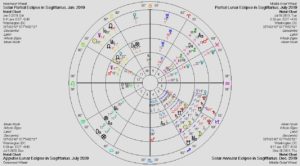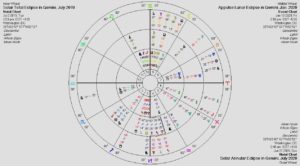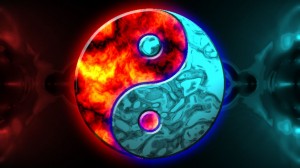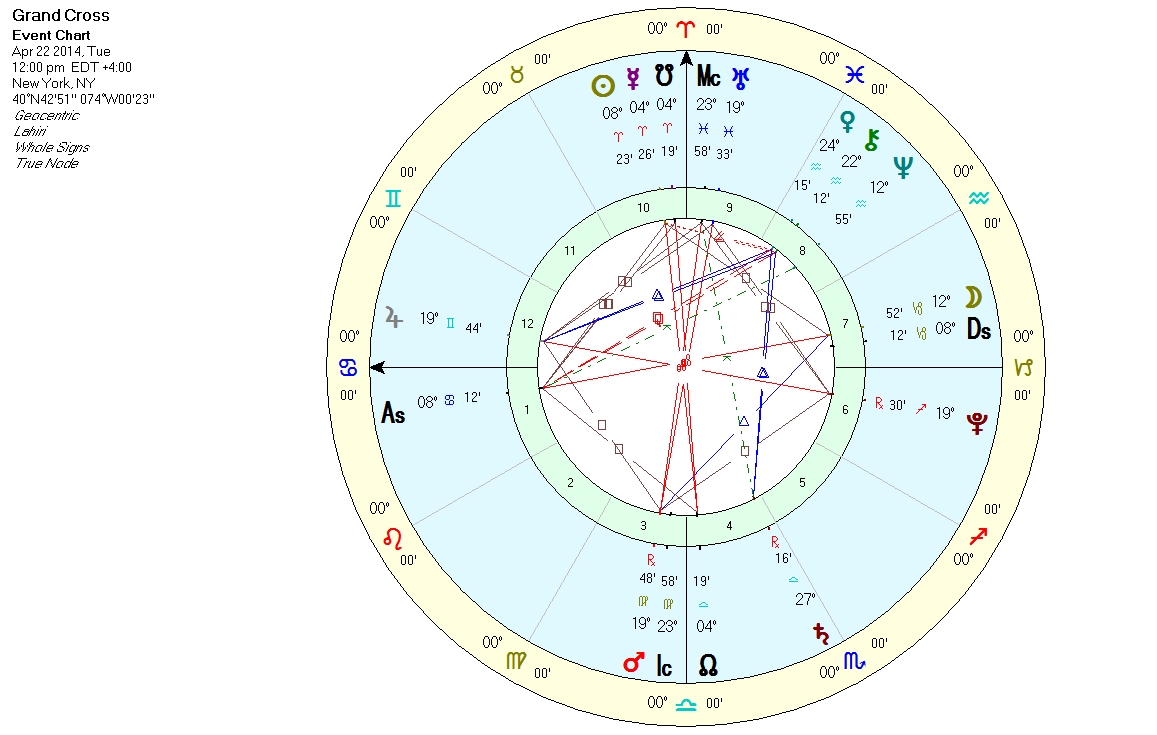It’s a fascinating and rare synchronicity that Jupiter and Neptune will each transit into the constellation of Pisces in the same time period in April 2022: Jupiter on April 13, and Neptune a few days later on April 17-18. Their conjunction in the same sign occurs approximately every twelve years, but it is not usually near the ingress (entry into a new sign). The last time they were together in Aquarius was in 1856, and in Pisces in 1869.
 Generally, and depending on the sign where they meet, the Jupiter-Neptune conjunction can embody an idealistic, spiritual, creative, generous, and sympathetic spirit. It may indicate a powerful desire for justice, to the point of being willing to make personal sacrifices for an ideological cause. Substance abuse issues may also be indicated, along with a weak will or impractical nature in some instances.
Generally, and depending on the sign where they meet, the Jupiter-Neptune conjunction can embody an idealistic, spiritual, creative, generous, and sympathetic spirit. It may indicate a powerful desire for justice, to the point of being willing to make personal sacrifices for an ideological cause. Substance abuse issues may also be indicated, along with a weak will or impractical nature in some instances.
 Jupiter is the traditional ruler of Pisces, whereas Neptune is the modern ruler, so the Piscean quality of their merging is exponential. It brings a significant emphasis on all things Pisces, the sign represented by two fishes swimming in opposite directions, which are emblematic of the inherent duality of material creation.
Jupiter is the traditional ruler of Pisces, whereas Neptune is the modern ruler, so the Piscean quality of their merging is exponential. It brings a significant emphasis on all things Pisces, the sign represented by two fishes swimming in opposite directions, which are emblematic of the inherent duality of material creation.
 The higher expression of Pisces, when connected to and in harmony with the divine Source of spirituality, can reveal great spiritual awareness, creative achievement, and compassionate action. But when disconnected, in its lower expression, Pisces has a tendency for escapism, deception, and delusion. Continue reading
The higher expression of Pisces, when connected to and in harmony with the divine Source of spirituality, can reveal great spiritual awareness, creative achievement, and compassionate action. But when disconnected, in its lower expression, Pisces has a tendency for escapism, deception, and delusion. Continue reading






